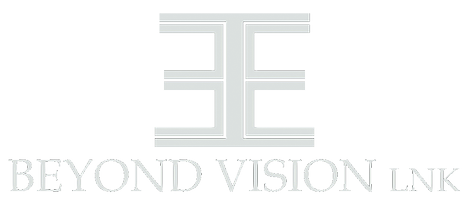A child’s greatest visual development occurs from birth to 9 years of age. An increase in digital device use for school, enjoyment, and communication along with shutdowns that have kept many children inside is compounding an already significant health concern of eye and vision problems in children. In the United States, 1 in 4 school-aged children need vision correction. Studies have shown 7 out of 10 juvenile delinquents have an untreated vision problem.
School vision screenings successfully capture many children who have amblyopia, a leading cause of vision loss in children. However, they often give parents a false sense of security because they do not test for focusing skills, binocular function (how the two eyes team together), oculomotor skills, or visual processing. A recent study found that 75.5% of children with these visual difficulties are missed in a screening and many have no visible symptoms.
With each grade level of increase, there is increasing visual demands that are greater than any other time in our school history. Scanning across a page rapidly, focusing from board to book, holding a book or device in near gaze for many hours, reduced outdoor play, and reduced blink rate are all challenges that create stress, anxiety, and avoidance behaviors in children with unaddressed visual problems. Poor visual motor activities have even been correlated to poor Iowa Test of Basic Skills (ITBS) scores.
It is vital that children, parents, and educators understand basic eye structures and the symptoms of visual disorders. Children need to be aware of the health problems associated with long hour device use and near work, how to report visual symptoms to adults, and how to incorporate healthy lifestyle activities to prevent eye problems that can inhibit development, school performance, and social interactions. Children also need to be aware that visual changes can occur at any time, especially in the event of a possible concussion or mild trauma.
Educators and administration need to be aware that high risk children with central nervous dysfunction (e.g. Down syndrome, developmental delay), children on autism spectrum, children in Early Intervention programs, on Individualized Education Programs, or born from a high-risk pregnancy frequently have undetected and untreated visual problems that could lower their educational and occupational success. These children deserve a yearly comprehensive exam and proper communication and understanding of education teams on their critical visual skills.
As a doctor of optometry, Dr. Ericksen is trained to evaluate eye health and the full visual processes from eye alignment, eye tracking, focusing, visual processing and accurate eye-hand coordination. Even in children who are unable to communicate or read an eye chart. The earlier a child’s vision problems are detected the better their visual system responds to treatment. Ensure your child has the best possible vision skills to learn by maintaining their milestone eye examinations.
Your Child’s Milestone Examination Schedule
6 months – 1 year
I evaluate eye health, for signs of amblyopia, eye teaming, and proper development.
Age 3
I evaluate visual acuity, eye movement skills, focusing, and eye teaming, and eye health.
Age 5
I evaluate visual skills for school, focusing, eye alignment, eye movement, and baselines for concussion monitoring.
